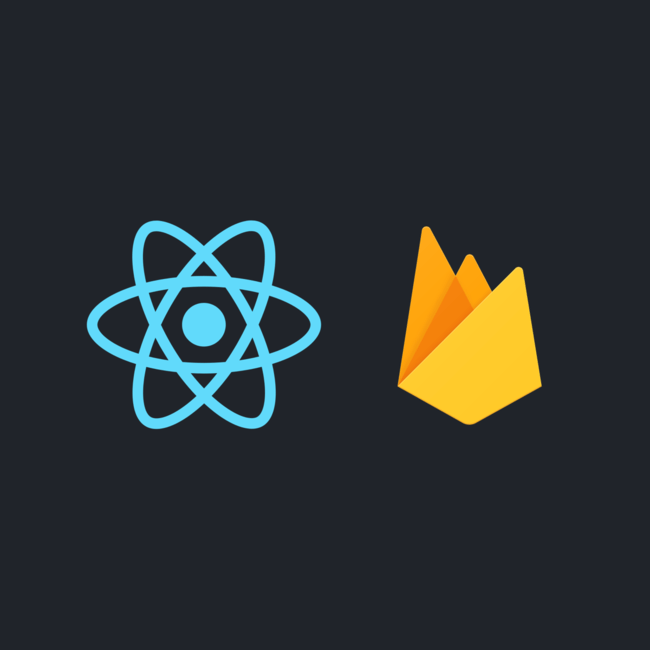Things To Learn Before Redux
With React’s new context API you can go a long way with a plain old react app before things become tedious. I encourage you to learn how to use the new context API before you reach for redux.
I also have tremendous respect for component setState. Learn how to use it before you start with redux. Did you know setState takes a callback? Did you know you can pass setState an updater function? Did you know that you can declare state changes outside of a component?
Using Redux before you understand how to use higher order components can also be a little confusing. Before you start using redux understand higher order components well enough to know when it’s better to use a render prop.
If you’re comfortable with context, you’ve mastered setState batching and you know what a prop-namespace-clash is, and you are still finding you app hard to manage then you are going to love redux.
Redux...




